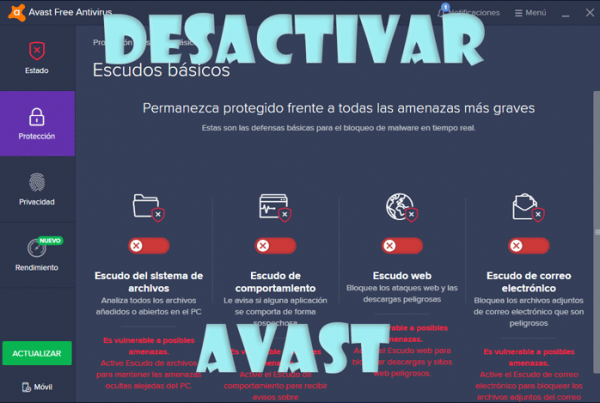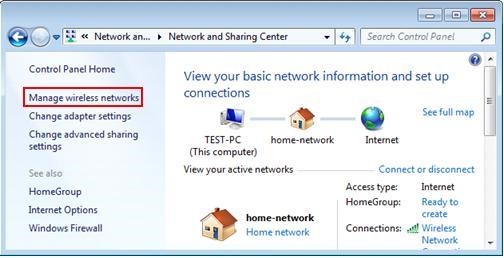The anchor text, anchor text in Spanish, it is the most important part of the area "Clickable" hyperlink of a web page or document.
Features
By clicking on this text you are directed to a destination address, which can be a document within the same domain (internal link) or to another domain (external link). The anchor text and the landing page are specified separately in the hyperlink. Only the descriptive text appears on the web portal, anchor text, and the landing page remains hidden. For him anchor text A very relevant text must be selected since it must describe what the user will later find when redirected.
Example
Destination address and anchor text in the source code:
<a href="http://example.com"> enlace text code
Relevance for SEO
Search engines, such as Google for example, evaluate whether a site's link reflects the content they redirect to as a factor in determining the positioning of a web portal. One of Google's main goals is to differentiate between the artificial creation of backlinks of the natural. For this, Google analyzes, among many other criteria, the anchor texts of said links.
The April 2012 Penguin Update introduced a new algorithm to check for overuse of keywords (Keyword Stuffing) in link text. As a consequence of this update, those websites that did not meet these new Google criteria were penalized with a decrease in ranking in the SERPs.
It is recommended to avoid anchor texts too general since the more original this text is and the better it describes the landing page, the more relevant it will be to the user and, therefore, the search engines will score it better. That is, the better the anchor texts that a web portal contains, the more likely it is to improve your positioning in search results, SERPs.
EYE: Sometimes anchor texts are used incorrectly and maliciously by third parties to damage the reputation of other websites. This practice is known as Google bombing.
Web links
- Everything you want to know about anchor text Blog jordihernandez.es






